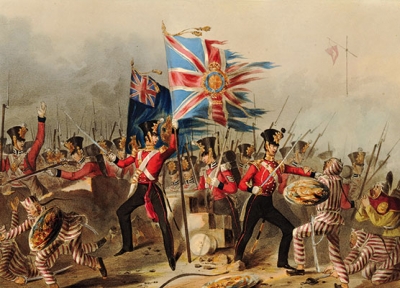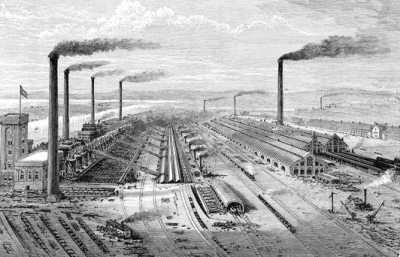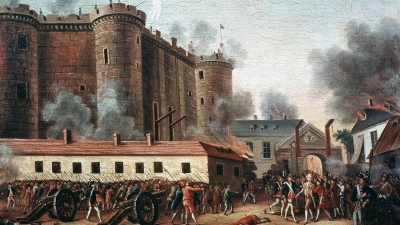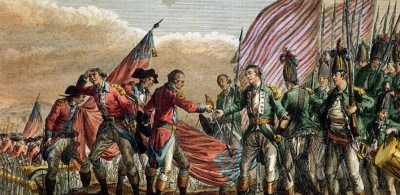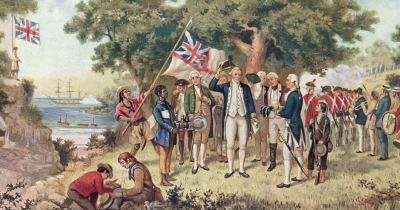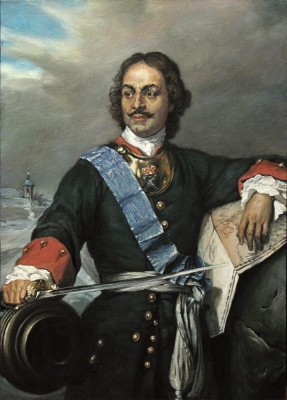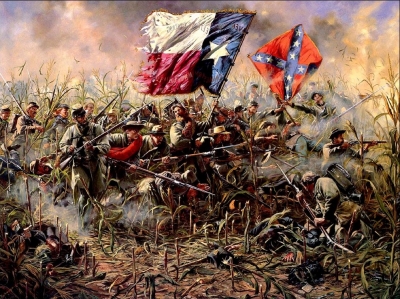
The last tsar, Nicholas II, ruled from 1894 until his abdication in 1917. In the early years of his reign there was increasing discontent amongst ordinary Russians. Many people, including the Bolshevik leader Vladimir Illyich Lenin, followed the teachings of Karl Marx, the founder of communism. In 1905 this discontent boiled over when troops fired on thousands of striking workers outside the tsar’s Winter Palace in St Petersburg. The rebellion was quickly put down, but hundreds of workers were killed and wounded.
In early 1917 riots broke out again and this time the troops supported the rioters. Nicholas II abdicated, and a provisional government was put in place.
|
Fact File: Nicholas II and his family. Imprisoned by the Bolsheviks in 1917, they were most probably that the following year. |
Picture Credit : Google


